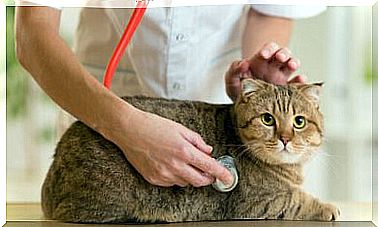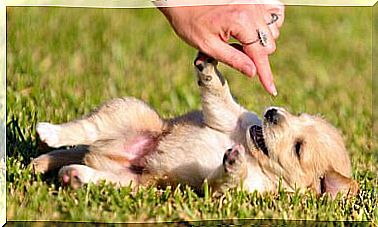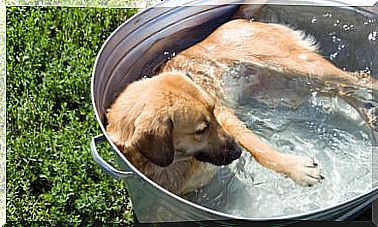Are There Any Nagging Dogs?

Although the vast majority wags their tails easily, not all dogs do and some are grumpy and suffer from “bad mood”. This characteristic of grumpy dogs can be caused by illnesses that cause discomfort or pain in the animal. First, it is necessary to rule out any health problems, as other causes for this behavior include fear, insecurity, the need to defend their territory, food and owners.
Among the factors that can trigger this type of canine attitude, we can highlight the type of attitude that we, owners, have towards our pet. If we don’t let anyone get close to him or pet him, if we don’t take him for a walk, or play with him, we’re encouraging a grumpy, grumpy personality.
Treatment for Nagging Dogs

A dog prone to aggression can control its behavior with rehabilitation. If this kind of attitude is due to something he doesn’t like or is afraid of, we should make him understand that it won’t harm him or pose a threat. If the animal acts like that with humans, little by little we will socialize it.
It’s important to know the body language of grumpy dogs and teach them to socialize with others of their kind. Grunting is also a way of communicating with pack members to indicate ownership and defend something.
In all cases, the solution is never to remove the animal from other people and pets, but to encourage better interaction, always supervising it.
Some Tips for Nagging Dogs
- All family members must know the rules that will be imposed on the dog for the goal to be achieved.
- The animal’s space must be respected. May he feel safe in his territory. Do not let other people or animals quickly approach you or invade your corner.
- When an unknown dog approaches our pet, whatever the reason, we must introduce them, letting them sniff.
- It’s not healthy to overprotect our furry friend. To over-humanize him is to transmit our whims and insecurities to him.
Signs that a dog is grumpy
- If the animal has a more irritable personality, it may develop pain.
- Animals that show aggressive behavior suddenly, without ever having acted that way before.
- When our friend doesn’t let them touch certain parts of his body, he even grunts or tries to bite, without ever having had such attitudes.
- Dogs that are calm, even lying down, get up suddenly and try to bite for no reason and suddenly.
- It bites the air for no reason.
- A bend in the back or very stiff paws is also a sign of a very grumpy dog.
signs of illness
These signs may indicate that the dog is suffering from pain or discomfort, and may be the cause of behavioral changes. Dysplasia, back problems, muscle contracture and other illnesses are more common than you think and go undiagnosed or untreated because we don’t realize it, we simply think our dog has a bad temper or is getting older.
There are other signs that are not so simple to identify. In general, dogs that were once affectionate and trusting and are now skittish, suspicious and disobedient, even with family members, may be losing their hearing.
Quiet dogs that are unreasonably attacked by other canines can also suffer from back problems or other body parts, as the attack will cause them to adopt a rigid posture that other canines interpret as a threat.
Knowing the grumpy dogs

As we have seen, there are dogs that, due to lack of proper socialization, incorrect handling of the collar or, on certain occasions, due to their own personality, tend to be more skittish or have inappropriate attitudes towards other dogs or people.
The response of some owners is nervousness and the tendency to avoid encounters during the tour so as not to have problems. However, when there is no veterinary problem that justifies the animal’s impulsiveness or aggressiveness, we should focus on working with our dog so that he can enjoy life in society.
Among the main steps is the knowledge of our furry friend’s body language, essential to be able to differentiate what is a convincing joke from an inappropriate attitude.
When dogs are just puppies, it’s normal to see a succession of grunts, headbutts, open mouths and teeth without actually touching or, if they do, without hurting each other. When they become adults, we cut that kind of behavior. So we deny them a way to socialize with others of their kind.









